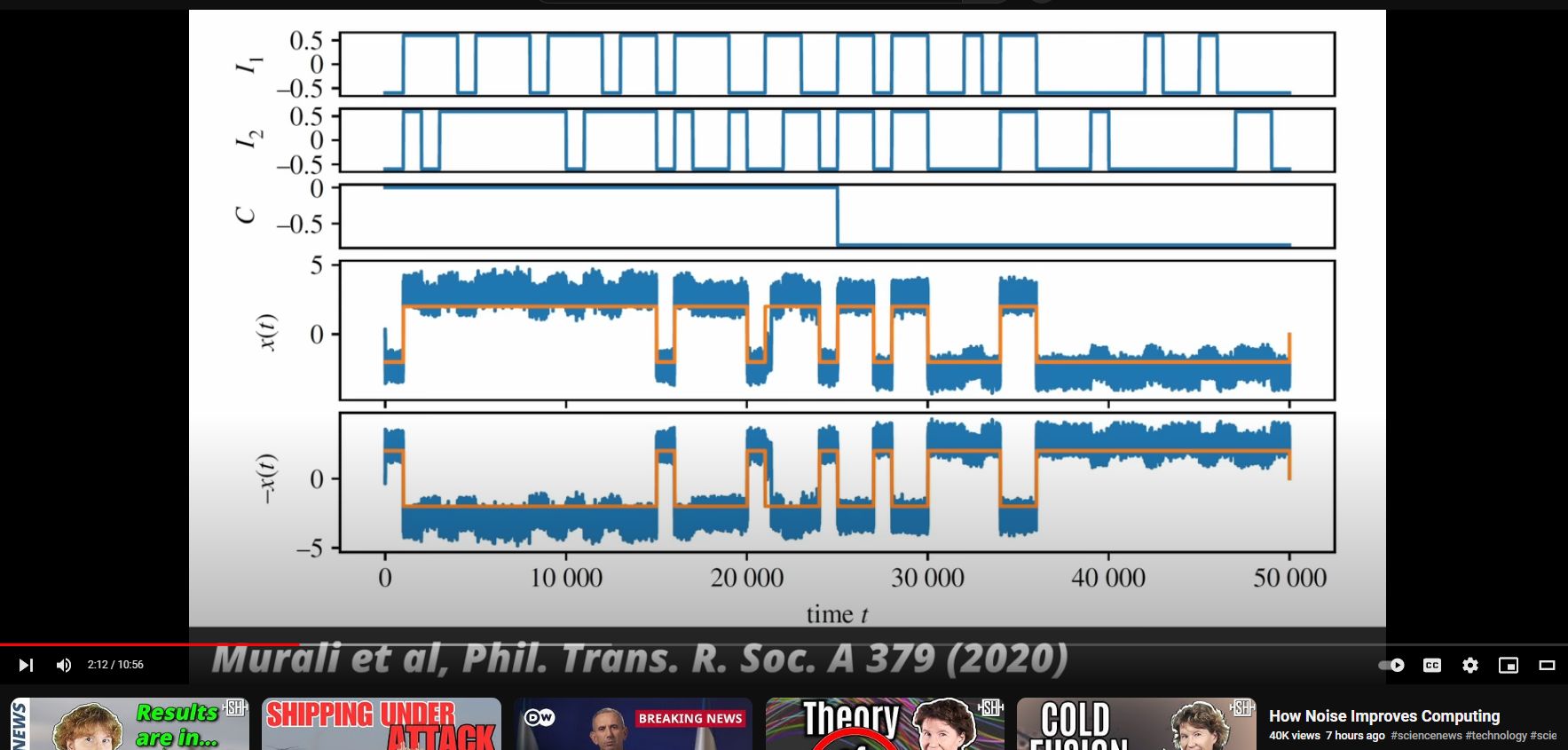How Noise Improves Computing and Digitized Audio

The Surprising Power of Noise: How Ambient Sounds Improve Computing
In the world of computing, silence is often prized. Quiet environments are thought to be ideal for concentration and productivity. However, recent research and practical applications are challenging this notion. It turns out that noise, specifically ambient sounds, can have a significant positive impact on computing in various ways.
1. Creativity and Innovation
One of the most notable benefits of noise in computing is its effect on creativity and innovation. Studies have shown that moderate levels of ambient noise can enhance cognitive functioning, leading to increased creativity and problem-solving abilities. This phenomenon is known as the “constructive distraction” effect.
2. Focus and Attention
Contrary to popular belief, a certain level of background noise can actually improve focus and attention. It can mask more distracting noises and create a consistent auditory environment that helps individuals concentrate on their tasks. This is particularly beneficial in open office spaces or shared work environments.
3. Mood and Well-being
Noise can also influence mood and well-being, which directly impacts computing performance. Pleasant ambient sounds, such as nature sounds or instrumental music, have been linked to reduced stress levels and increased feelings of relaxation. This positive emotional state can lead to better decision-making and overall productivity.
4. Brain Function and Memory
The brain’s response to noise is complex but fascinating. Certain types of noise, like white noise or pink noise, can improve brain function and memory retention. They create a consistent background that reduces cognitive load and enhances information processing, making learning and computing tasks more efficient.
5. Privacy and Security
In a world where privacy and security are paramount, noise can play a role as well. Ambient sounds can mask conversations and other auditory cues, adding a layer of privacy to sensitive computing tasks. This is particularly relevant in shared workspaces or public settings where confidentiality is essential.
Practical Applications
The benefits of noise in computing have practical implications across various industries:
– Creative Industries: Design studios, marketing agencies, and content creation teams can leverage ambient noise to boost creativity and brainstorming sessions.
– Education: Schools and universities can use ambient sounds in learning environments to improve focus, memory, and student engagement.
– Work Environments: Offices can design soundscapes that enhance productivity and well-being, catering to different preferences and tasks.
– Healthcare: Hospitals and clinics can utilize noise to create calming environments for patients and improve staff performance.
In conclusion, noise, when used strategically and in moderation, can be a powerful tool to enhance computing experiences. Embracing the positive aspects of ambient sounds can lead to more innovative, productive, and enjoyable computing environments for individuals and organizations alike.

The Art of Audio Digitization: Harnessing Noise for Smoother Sound
In the realm of audio digitization, achieving high-quality sound reproduction is a constant pursuit. However, various technical limitations and challenges often stand in the way. In this blog post, we’ll delve into how noise plays a crucial role in overcoming these hurdles and creating smoother, more natural-sounding digital audio.
Understanding Nyquist Frequency Limitations
The Nyquist frequency dictates the highest frequency that can be accurately represented in a digital audio signal. This limit is set by the sampling rate used during digitization. When audio signals exceed this frequency, aliasing artifacts can occur, leading to distortion and degradation of sound quality.
Digital Filtering and Phase Artifacts
Digital filtering is employed to remove unwanted frequencies or shape the frequency response of audio signals. However, this process can introduce phase artifacts, altering the timing and coherence of the signal. These artifacts can result in unnatural sound reproduction, affecting the overall listening experience.
Dithering and Oversampling Concerns
Dithering is a technique used to minimize quantization errors in digital audio, particularly during the conversion from higher bit depths to lower ones. Oversampling, on the other hand, involves increasing the sampling rate to reduce quantization noise. While these methods improve audio quality, they can introduce audible artifacts if not implemented carefully.
The Role of Noise in Smoothing Audible Artifacts
Noise, often viewed negatively, can actually be harnessed to mitigate audible artifacts in audio digitization processes. Here’s how:
1. Noise Shaping: By applying noise shaping techniques, quantization noise can be shifted to frequencies where it’s less perceptible, resulting in a smoother overall sound.
2. Dithering: Introducing low-level noise during quantization can mask quantization distortion, improving the resolution and fidelity of digital audio.
3. Oversampling and Filtering: Utilizing higher sampling rates and sophisticated digital filters can reduce aliasing artifacts and phase distortions, leading to cleaner audio reproduction.
Practical Applications and Benefits
– Music Production: Audio engineers use noise shaping and dithering to achieve transparent and natural-sounding recordings, especially during mastering and mixing processes.
– Digital Audio Players: High-end audio devices leverage oversampling and advanced filtering techniques to deliver pristine sound quality to listeners.
– Streaming Platforms: Noise reduction algorithms are applied to optimize audio streams, ensuring a consistent and enjoyable listening experience across different devices.
In conclusion, noise, when used strategically and in conjunction with advanced digital processing techniques, plays a vital role in smoothing out audible artifacts and improving the overall quality of audio digitization. Embracing these methods allows us to preserve the integrity of sound in the digital domain and deliver immersive listening experiences to audiences worldwide.
